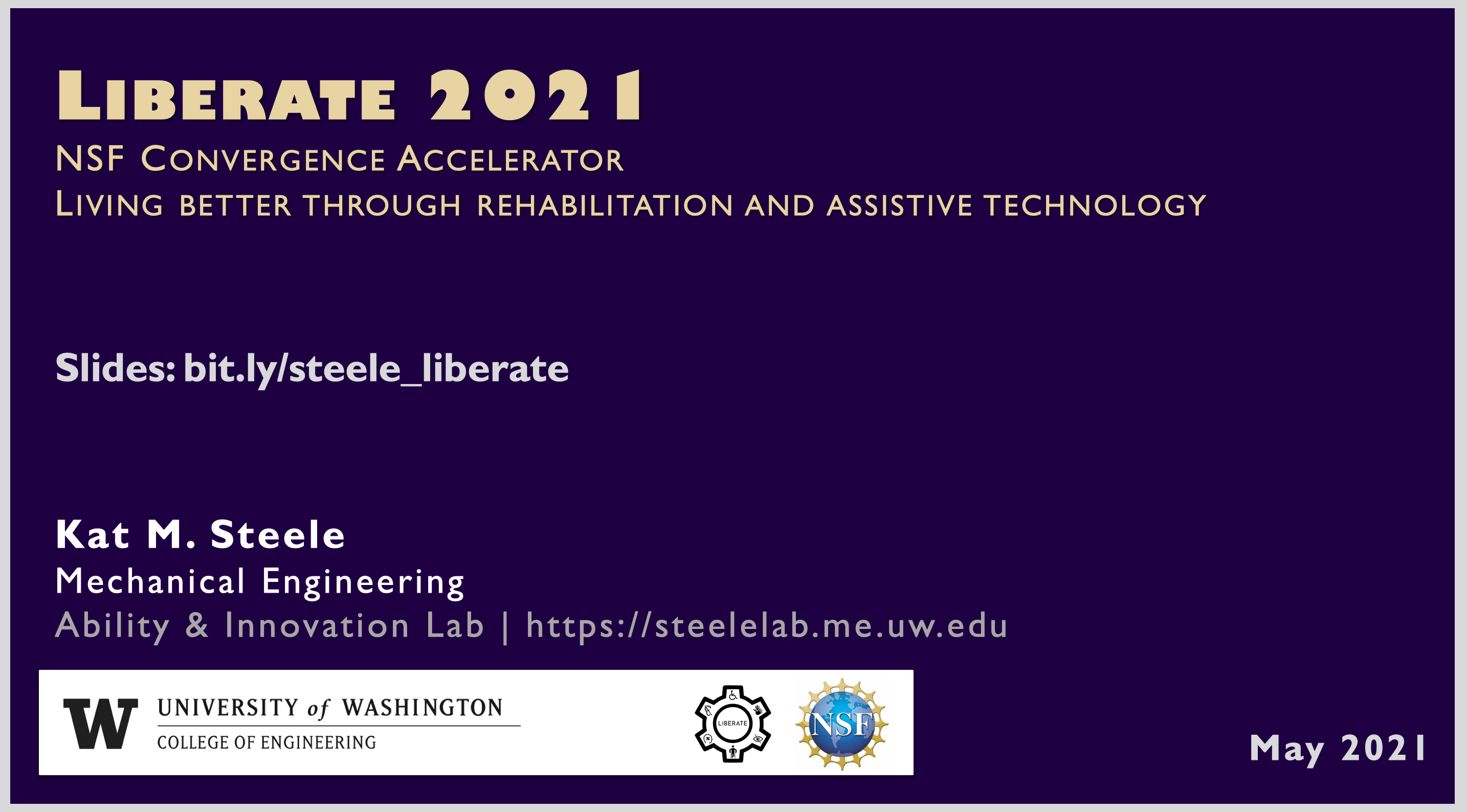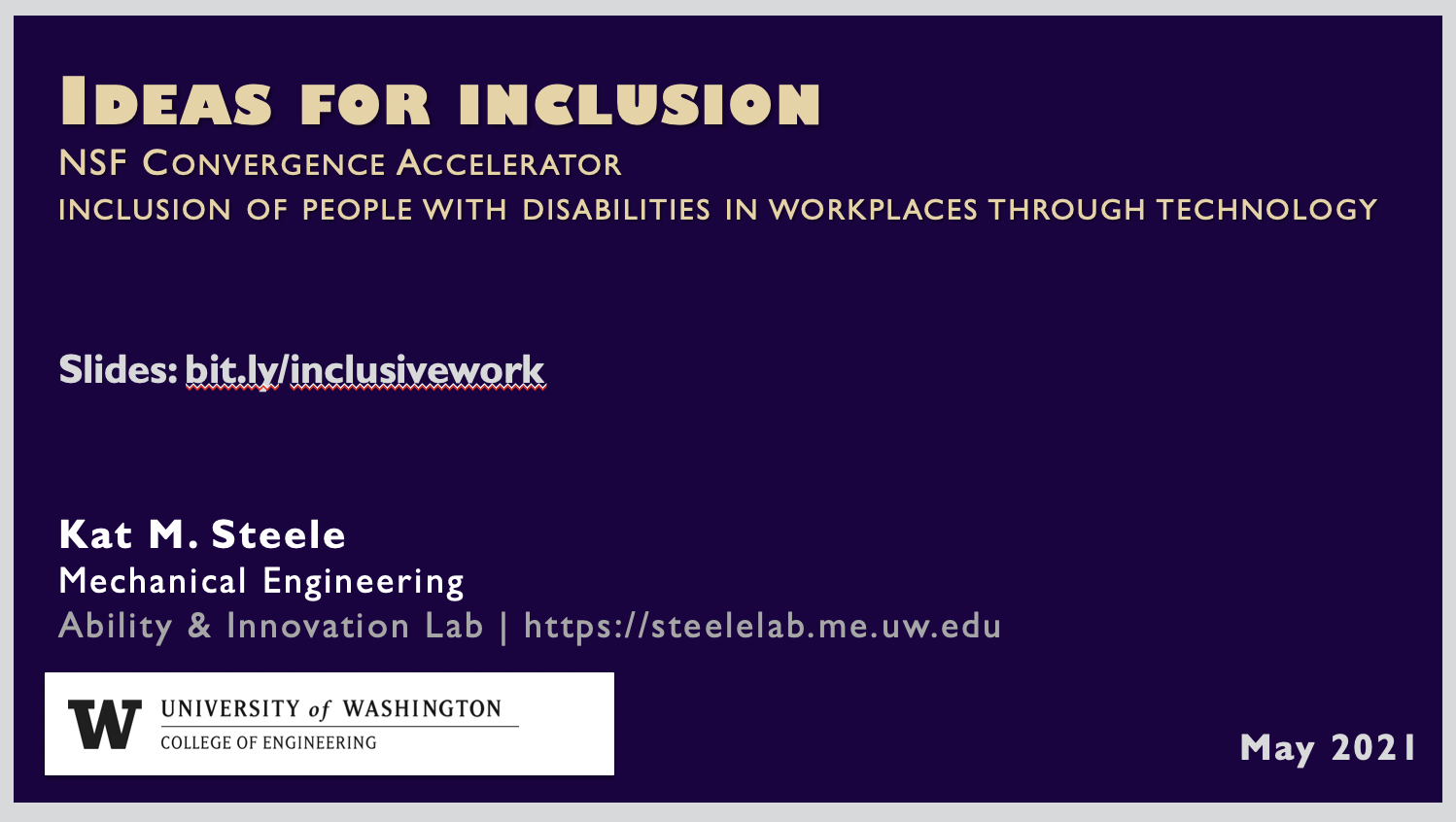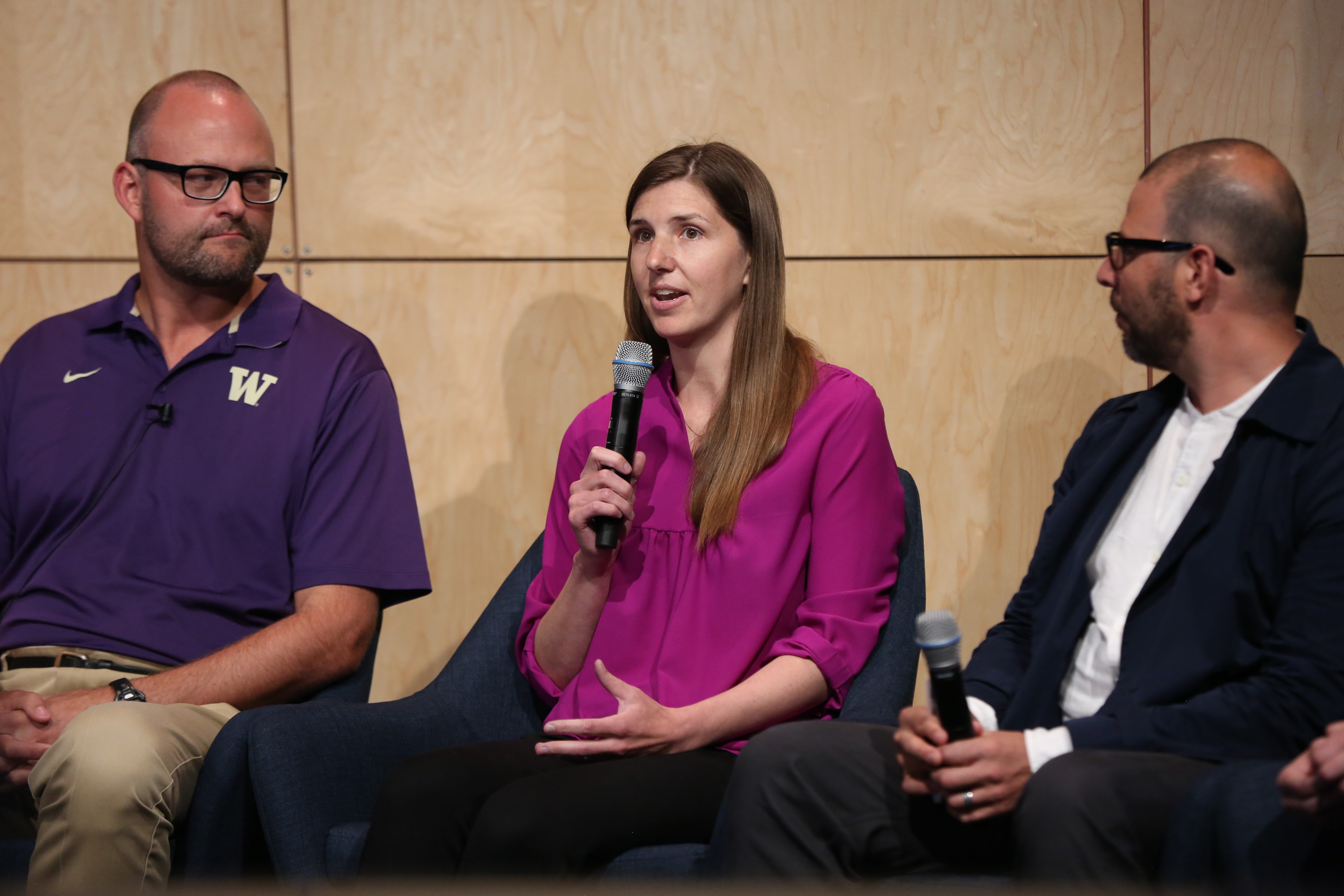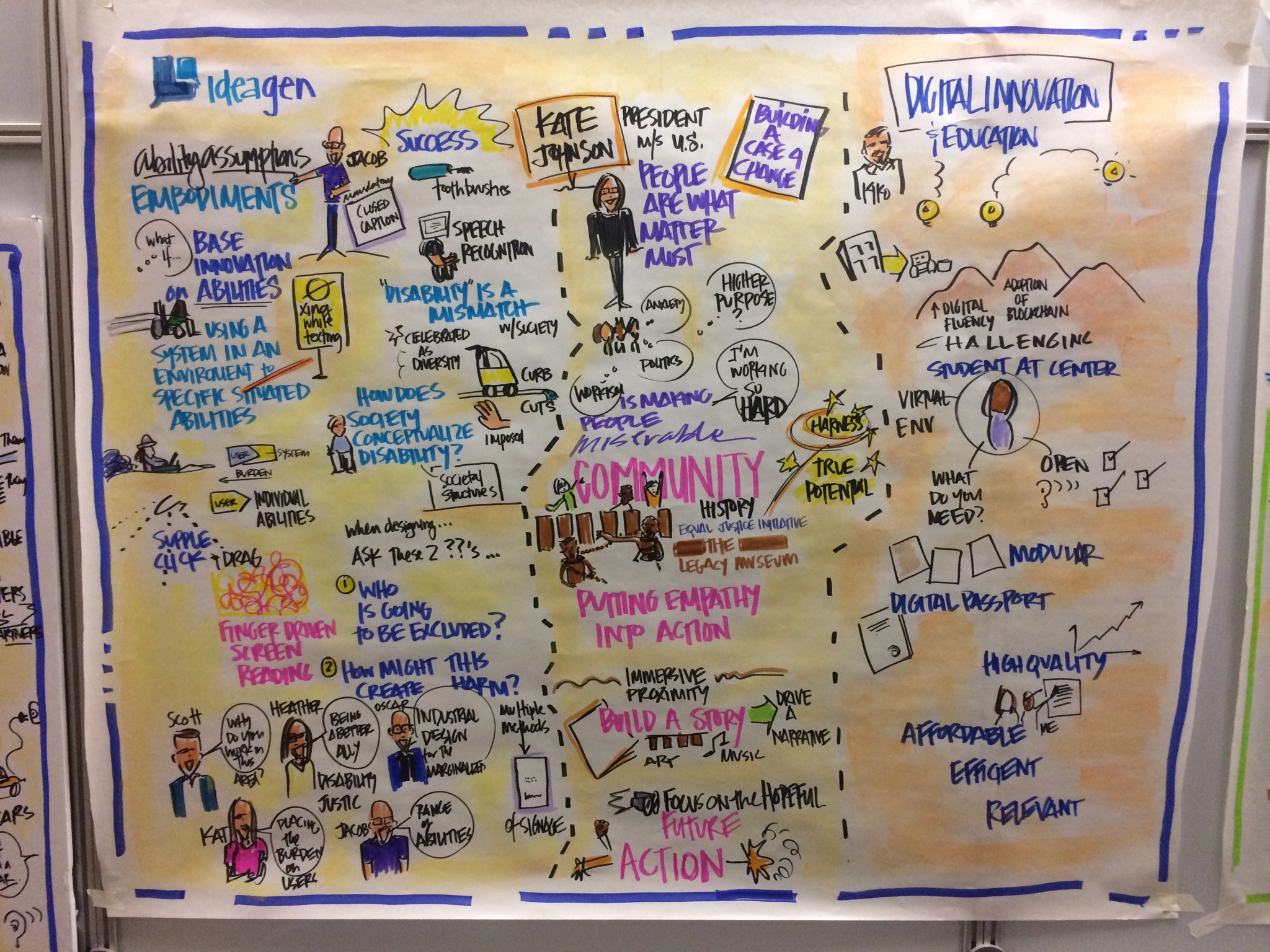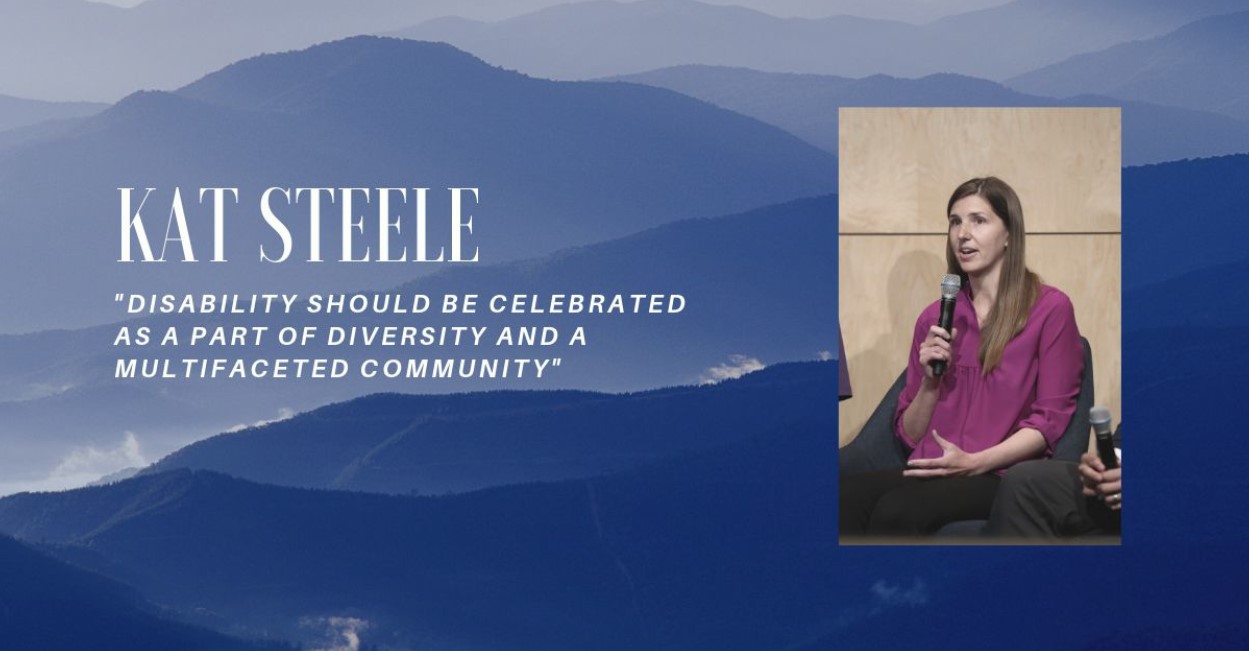Journal Article in ACM Transactions on Accessible Computing
Many individuals with disabilities and/or chronic conditions (da/cc) experience symptoms that may require intermittent or on-going medical care. However, healthcare is an often-overlooked domain for accessibility work, where access needs associated with temporary and long-term disability must be addressed to increase the utility of physical and digital interactions with healthcare workers and spaces.
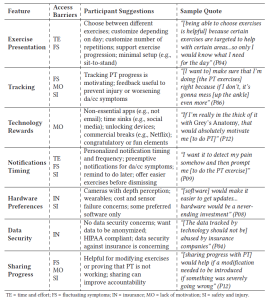 Aim: Our work focuses on a specific domain of healthcare often used by individuals with da/cc: physical therapy (PT).
Aim: Our work focuses on a specific domain of healthcare often used by individuals with da/cc: physical therapy (PT).
Methods: Through a 12-person interview study, we examined how people’s access to PT for their da/cc is hampered by social (e.g., physically visiting a PT clinic) and physiological (e.g., chronic pain) barriers, and how technology could improve PT access.
Results: In-person PT is often inaccessible to our participants due to lack of transportation and insufficient insurance coverage. As such, many of our participants relied on at-home PT to manage their da/cc symptoms and work towards PT goals. Participants felt that PT barriers, such as having particularly bad symptoms or feeling short on time, could be addressed with well-designed technology that flexibly adapts to the person’s dynamically changing needs while supporting their PT goals.
Interpretation: We introduce core design principles (adaptability, movement tracking, community building) and tensions (insurance) to consider when developing technology to support PT access. Rethinking da/cc access to PT from a lens that includes social and physiological barriers presents opportunities to integrate accessibility and adaptability into PT technology.

